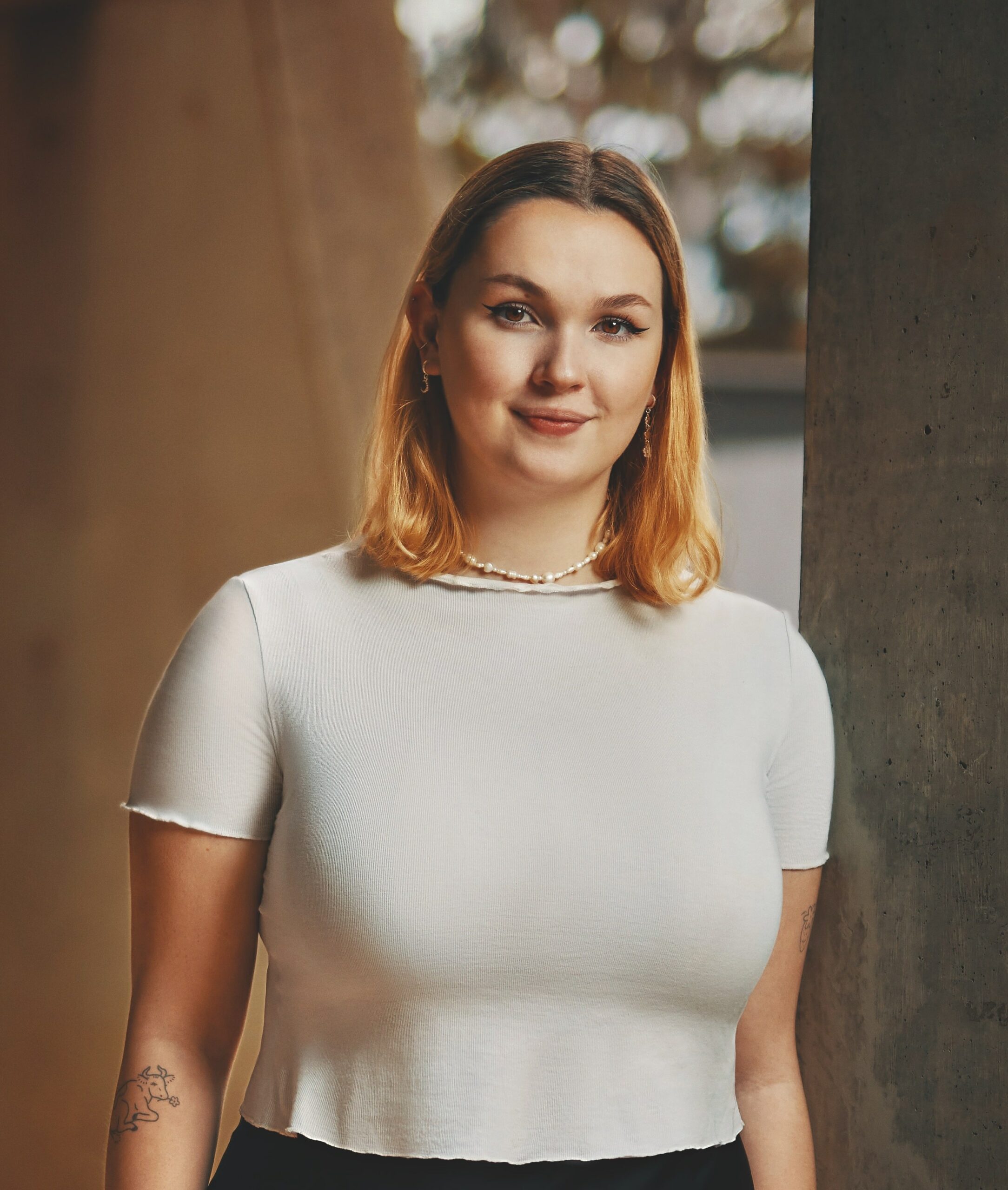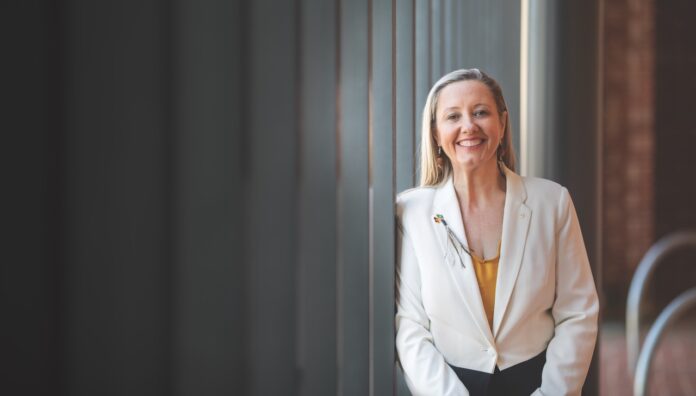Aboriginal and Torres Strait Islander peoples are drastically underrepresented in the pharmacy profession, accounting for just 0.3% of the pharmacist workforce. This disparity impacts patients, policy and pharmacists themselves – so what must be done to address it?
Only 85 pharmacists in Australia (up slightly from 73 in 2019) identify as Aboriginal and/or Torres Strait Islander, out of a total employed workforce of almost 27,000.1,2 In fact, Aboriginal and Torres Strait Islander peoples make up just 1.8% of the health workforce as a whole, despite accounting for 3.2% of the Australian population.3
For those Aboriginal and Torres Strait Islander peoples who are employed in the health sector, data show4 they are often paid less and in less recognised roles than their non-Aboriginal or Torres Strait Islander peers.
This imbalance has a direct impact on health outcomes, with studies showing that ‘Indigenous patients have identified the absence of Indigenous workers as a barrier to the availability of care’.5
The reasons for the lack of Aboriginal and Torres Strait Islander peoples in pharmacy are manifold, says Paul Gibson, Indigenous Allied Health Australia Executive Director of Strategy and Partnerships, the peak body for Aboriginal and Torres Strait Islander allied health professionals.
‘There are several factors which contribute to the underrepresentation of Aboriginal and Torres Strait Islander peoples in the profession, and within the health workforce collectively, including racism, systemic failings and the impacts of the social determinants on education, training and employment outcomes,’ he says.
‘We know that Aboriginal and Torres Strait Islander people receive better, higher quality care within culturally safe and responsive services, and growing the Aboriginal and Torres Strait Islander workforce, in pharmacy and all professions, is a key strategy to improving care.’ Aboriginal and Torres Strait Islander peoples in Australia were ‘our very first pharmacists,’ says Nywaigi Mamu Bidjara woman Chastina Heck MPS, Pharmacy Manager at Gove District Hospital in Nhulunbuy in the Northern Territory. Yet there is little focus on the value of the knowledge and practices that have been handed down through generations.
Without more Aboriginal and Torres Strait Islander peoples in pharmacy, ‘there’s a risk of continuing to do things the way that we’ve always done them, with limited challenges to make us think about how we can do better,’ says Ms Heck, who leads PSA’s Aboriginal and Torres Strait Islander Community of Specialty Interest, launched recently at PSA22. There is also a burden on the pharmacists who do identify as Aboriginal or Torres Strait Islander to participate.
‘When there are important discussions, such as the new PSA Guideline for pharmacists supporting Aboriginal and Torres Strait Islander peoples with medicines management that was recently released, there are very few identifying pharmacists who are able to share the load … As an Aboriginal pharmacist myself, it can be difficult for me to say no, because I do have that community obligation to contribute where possible to closing the gap and to the health and wellbeing of my people.
‘This can mean it’s very exhausting … I think one thing the pharmacy profession, as a whole, needs to work on is making it a safe space for people to participate in and not having to start with cultural competency 101.’
Ms Heck says she is eager to dedicate time to mentoring recipients of a new National Aboriginal Community Controlled Health Organisation (NACCHO) scholarship for Aboriginal and Torres Strait Islander pharmacy students, to encourage the next generation of leaders (see opposite).
‘I want to help equip them with appropriate support while they’re at university, because it’s something I felt like I didn’t have as a pharmacy student and a junior pharmacist all those moons ago.’
Box 1 – Supporting the next generation
 Bryony Forrest Aboriginal NACCHO scholarship pharmacy student at RMIT RMIT pharmacy student Bryony Forrest began her university career studying paramedicine, but a part-time job in a pharmacy set her on a different path. ‘I wanted to be an ambulance driver … but I quickly realised how much I loved pharmacy and the community connections,’ she says. ‘I wanted to keep that going, because as a paramedic you don’t get to form those long-term connections with patients.’ A proud Darumbal/Kanolu woman, Ms Forrest is one of five recipients of a new pharmacist scholarship from the National Aboriginal Community Controlled Health Organisation (NACCHO), supported by Sanofi Australia, which aims to build the Aboriginal and Torres Strait Islander pharmacist workforce. Students receive funding to contribute to university expenses and mentoring from health leaders. Ms Forrest says the scholarship has allowed her to work less during the semester and focus more on her coursework. ‘It also meant I could get a desk and chair in my room,’ she says. ‘I live out of home and was relying on libraries for my study time, but now I have my own space, which is awesome.’ As the only Aboriginal or Torres Strait Islander person in her university cohort, Ms Forrest hopes the scholarship will help inspire others to pursue pharmacy. ‘I think it’s really important to stand up for other mob like me, who might be interested in this field but might be intimidated by it,’ she says. ‘I want to spread the word that there is a place for First Nations women in [science, technology, engineering and mathematics] STEM and that there should be more.’ NACCHO Director of Medicines Policy and Programs Mike Stephens says a key aim is to help develop more Aboriginal and Torres Strait Islander sector leaders. ‘Because of the gross disparity in representation of Aboriginal and Torres Strait Islander people in the pharmacy sector, we need to use any mechanism we have to improve that,’ he says. ‘We welcome investment from the medicines sector in this important area.’ |
Growing the workforce
Australia has a target4 to increase Aboriginal and Torres Strait Islander representation to 3.43% of the national health workforce by 2031. A national plan4 sets out how this will be achieved, including developing a supportive, culturally safe health and education system; implementing systemic changes to address racism; and building Aboriginal and Torres Strait Islander leadership by enhancing peer support networks and mentoring opportunities.
‘The [national framework], which was co-designed with Aboriginal and Torres Strait Islander people, contains many of the strategies we know are effective in increasing the attraction, recruitment, retention and success of Aboriginal and Torres Strait Islander people in health,’ Mr Gibson says.
‘This includes strategies which support young people and others in our communities to identify their aspirations … and to be empowered to pursue them and supported in their ongoing success.’
Kimberley Pharmacy Services owner Hannah Mann MPS has provided pharmacy services to some of Western Australia’s most remote communities for 13 years. She says a lack of Aboriginal and Torres Strait Islander pharmacists is ‘a real problem’ that must be addressed, starting with promoting pharmacy as a profession to high school students and raising awareness that there are multiple pathways to study pharmacy.
‘It’s not even just that we don’t have enough Aboriginal and Torres Strait Islander pharmacists. We also don’t have enough Aboriginal and Torres Strait Islander dispense technicians or pharmacy assistants,’ she says.
‘As much as possible, we employ Aboriginal staff, in the hope that, over time, we can get people to go and study pharmacy, because that’s the ultimate goal.
Creating culturally safe spaces
Yugambeh person Aleena Williams MPS has no memory of exposure to pharmacy until she studied it. Now the Director of Immunisation and Notifiable Diseases at NT Health, she started her career with a Queensland government cadetship, which she says is a common experience among the Aboriginal and Torres Strait Islander pharmacists she knows.
While encouraging young people to study pharmacy is important, she says creating a professional environment where they can succeed is also vital.
‘When you’re an Aboriginal person – and there could be other groups who have a similar lived experience – it’s possible this environment wasn’t designed for you to thrive,’ she says. ‘The reality is, this is a colonised country, and you’re probably working in some form of institution, so it might not feel good.
‘If you think about it like a plant, you can buy a fern and fertilise and water it, but if you put it in the full sun it won’t thrive. You have to moderate the environment as well. The question for pharmacy, and health more broadly, is: how can we create a different environment so that a greater variety of plants can grow?’
Changing the environment requires ensuring cultural safety, both for Aboriginal and Torres Strait Islander pharmacists and their patients. This refers to ‘a state in which people are enabled and feel they can access health care that suits their needs, are able to challenge personal or institutional racism (when they experience it), establish trust in services, and expect effective, quality care’.6
Establishing cultural safety should be a focus for the profession, says PSA’s 2022 Pharmacist of the Year, Wiradjuri woman Professor Faye McMillan AM MPS.
‘I recently spoke with another pharmacist who is Aboriginal, and they said, “I couldn’t go to something because I didn’t feel culturally safe. I ended up having to walk away”. That’s something we really need to work on,’ she says.
‘It is just as fundamental to our practice as anything else, like knowing the poison schedules and updates to the PBS. It eliminates racism and the unconscious bias that causes people to feel that they can’t engage with pharmacy.’
Ms Williams agrees. ‘I’m very lucky; pharmacy has given me excellent skills and taught me a lot. But it also exposed me to a lot of things that were really uncomfortable, and I would like that to not be the case in the future. I’d like people to just get the good stuff out of it.’
Looking forward
When Prof McMillan became a registered pharmacist in 2002, she was the first Aboriginal person to do so. She has seen the profession progress over the past 20 years and has come to an important realisation: it doesn’t need to be perfect.
‘We just need to keep moving forward … What I know today was different to what I knew yesterday, so if we continue to strive for perfection we might be paralysed by fear,’ she says.
‘However, the work is far from done – and we should aim high.
‘At the moment, we’re talking about parity within the population. How about we go for more? Why not aim for Aboriginal and Torres Strait Islander people to make up 20% of our profession? I would commend the pharmacy profession for stepping up into this space, but we also need to challenge our profession to do better. We should always aspire for greatness.’
Box 2 – Creating ‘deadly’ pharmacists
| No matter where they practise, all pharmacists have a responsibility to provide the best care possible to Aboriginal and Torres Strait Islander peoples. This is the message contained in the new PSA guideline.
Launched at PSA22 in July, the Guideline for pharmacists supporting Aboriginal and Torres Strait Islander peoples with medicines management6 was developed with the NACCHO and co-authored by Professor Faye McMillan MPS, Hannah Mann MPS and Naomi Weier MPS. The principles included in the guideline are relevant to all current and future pharmacists, says PSA National President Dr Fei Sim, from those just starting their professional journey to those with years of experience working in the Aboriginal and Torres Strait Islander health sector. ‘The guideline can be used as a tool to support balanced and professional decision making, and ensure that Aboriginal and Torres Strait Islander patients’ needs, beliefs and preferences are met in a culturally safe way,’ she says. ‘[It is also] an educational resource to inform quality assurance processes, support better practice, and provide support when resolving disputes and ethical dilemmas.’ The PSA and NACCHO co-designed the Deadly Pharmacists Foundation Training Course. It will be launched this month as a free online education program and will equip pharmacists with the skills needed to work with Aboriginal and Torres Strait Islander primary healthcare services. This includes developing an increased understanding of a holistic approach to wellness, taking into account connection to Country and culture and the importance of these when managing clinical conditions. |
References
- Department of Health. National Health Workforce Data Set. 2020.
- Australian Pharmacy Council. Improving health outcomes for First Australians. 2019.
- Australian Bureau of Statistics. Aboriginal and Torres Strait Islander people: census. 2022.
- Department of Health. National Aboriginal and Torres Strait Islander Health Workforce Strategic Framework and Implementation Plan 2021–2031. 2022.
- Australian Government. Aboriginal and Torres Strait Islander Health Performance Framework 2017 Report. 2017.
- Pharmaceutical Society of Australia. Guideline for pharmacists supporting Aboriginal and Torres Strait Islander peoples with medicines management. 2022.




 ‘We’re increasingly seeing incidents where alert fatigue has been identified as a contributing factor. It’s not that there wasn’t an alert in place, but that it was lost among the other alerts the clinician saw,’ Prof Baysari says.
‘We’re increasingly seeing incidents where alert fatigue has been identified as a contributing factor. It’s not that there wasn’t an alert in place, but that it was lost among the other alerts the clinician saw,’ Prof Baysari says.


 Beyond the arrhythmia, AF often signals broader pathological processes that impair cardiac function and reduce quality of life and life expectancy.5 Many of these conditions are closely linked to social determinants of health, disproportionately affecting populations with socioeconomic disadvantage. Effective AF management requires addressing both the arrhythmia and its underlying contributors.4
Beyond the arrhythmia, AF often signals broader pathological processes that impair cardiac function and reduce quality of life and life expectancy.5 Many of these conditions are closely linked to social determinants of health, disproportionately affecting populations with socioeconomic disadvantage. Effective AF management requires addressing both the arrhythmia and its underlying contributors.4  C – Comorbidity and risk factor management
C – Comorbidity and risk factor management Warfarin
Warfarin







